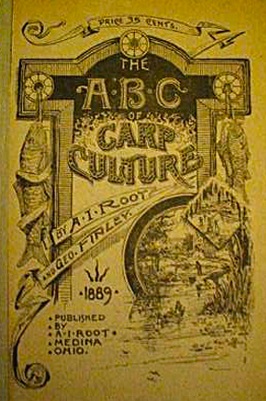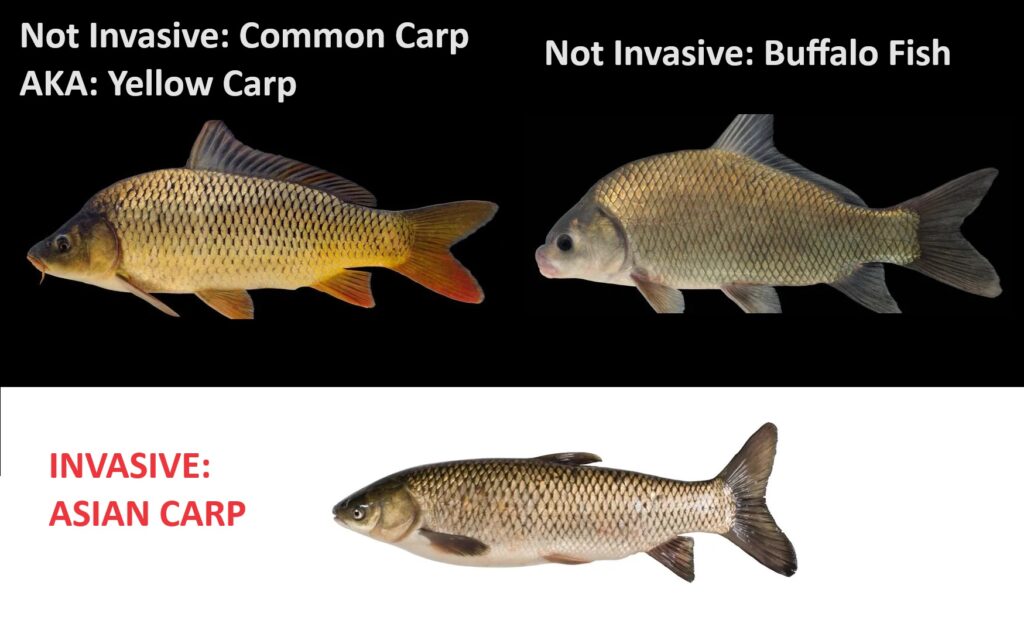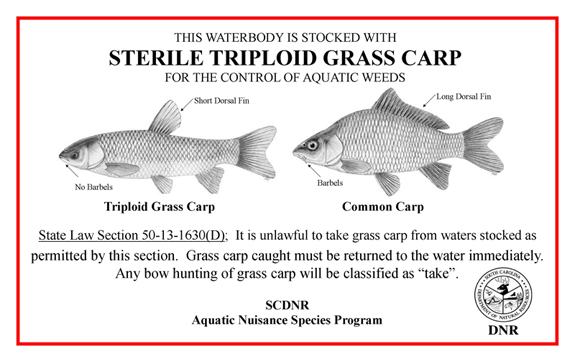Are Common Carp native to North America?
No. Carp were imported to North America in the late 1800’s.
As European immigrants arrived in the mid 1800’s, they were surprised to learn their common food source from the last 2,000 years was not in the Americas. (There is also history going back 4,000 years in Asia as a common food source, but this is not to be confused with the ‘invasive’ Asian carp AKA flying carp either, a different type of fish.) It’s likely they ate the fish before then too, but that’s what is known as far as a historical record.

Entrepreneurs imported the common carp into America, and by 1876, California had thriving carp farms. Because of the waves of population growth, native species began to decline. As a result due to the fish’s hardiness and size capability, the U.S. Commission of Fish and Fisheries began an intensive effort of carp cultivation into our fresh waters in 1877. By 1883, many waters now had carp populations.
By the turn of the century (1900), the fish started to get a bad reputation. Puzzled immigrants claimed the fish did not taste as good as they did in Europe. They also blamed the fish for the declining native fish populations. What they failed to realize was the human role in the pollution and declining populations. In reality, they were fortunate they still had any fish at all in the polluted waters. The poor tasting fish were a direct result of the garbage laden waters filled with industrial waste that the fish got their nutrients from.
Fact: In the early 1990s, for example, biologists exposed control groups of carp to 1600 chemicals commonly present in United States waters; only 135 of the pollutants killed all the fish.
In reality, carp are a fantastic resource and a movement towards regulated commercial fishing and community efforts to cleaner waters will improve conditions for all fish life.
(The above information is from the National Park Service website at: https://www.nps.gov/miss/learn/nature/carphist.htm the American Carp Society has a far more in-depth history at: https://www.americancarpsociety.com/us-carp-history/ )
How did Carp Tournaments and Pay Lakes begin?
In the 1800’s, farmers would make extra money letting others fish their ponds. By the 1950’s a competitive element began as the tournament style formed. The origins trace to North Carolina which boasts over 75 of these types of lakes. Other states that enjoy this sport include: Georgia, South Carolina, Indiana, Kentucky, and Pennsylvania.
Pay lakes are privately-owned, stocked ponds, and often boast at least 20,000 lbs of yellow / common carp. Buffalo fish, while a different species, has also begun to be included in these tournaments for their hardiness and the similar style of fishing to catch them. In carp and buffalo pay lakes, the format is catch and release back into the pond after weighing the fish for tournament competition purposes.
Early baits were worms, whole kernel corn, and bread balls. It then evolved to doughbaits which were a mixture of flour and meals to form a ball around a hook with added extracts and spices found in a common kitchen like strawberry and vanilla extract. This is the style of carp fishing often used in tournaments today.
Read more detailed information at: http://www.americancarpsociety.com/traditional-american-styles/
What about those invasive Asian Carp?
They look very different from a yellow common carp and are NOT the same.
If not the yellow common carp, then what are the invasive Asian carp? Many Asian carps are considered to be invasive fish. They feed rapaciously on plankton, invertebrates, and detritus and thus often upset aquatic food webs in areas where they are introduced. These species include: bighead carp, black carp, and silver carp (AKA Flying carp). They came to North American during the 1960s and ’70s to control the growth of noxious aquatic plants, snails, and other pest organisms in ponds, fish farms, and small lakes.

One of the easiest ways to tell the difference between the other carps and the innocent common carp is the difference in the dorsal fin. You can see the length difference in the fin on the top of their bodies in this image.

Grass carp are also considered an Asian carp, but the sale of Triploid Grass Carp is a regulated sterile fish. They are very commonly used to control aquatic weeds and will not multiply. Their lifespan is typically 5-9 years, but they can reach 20 years of age. Grass carp are not utilized in tournament fishing.

